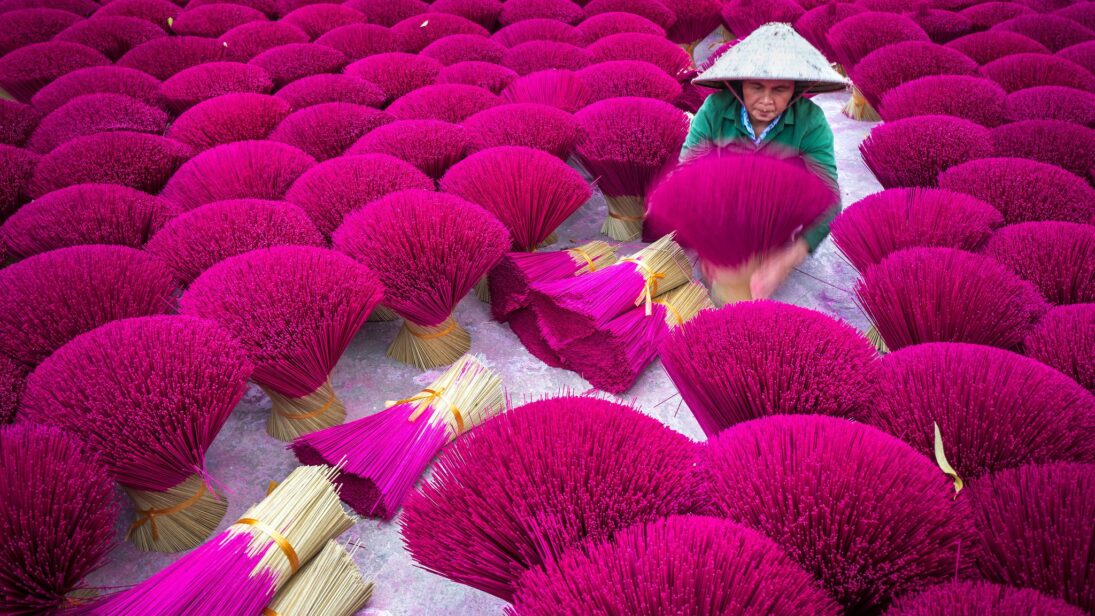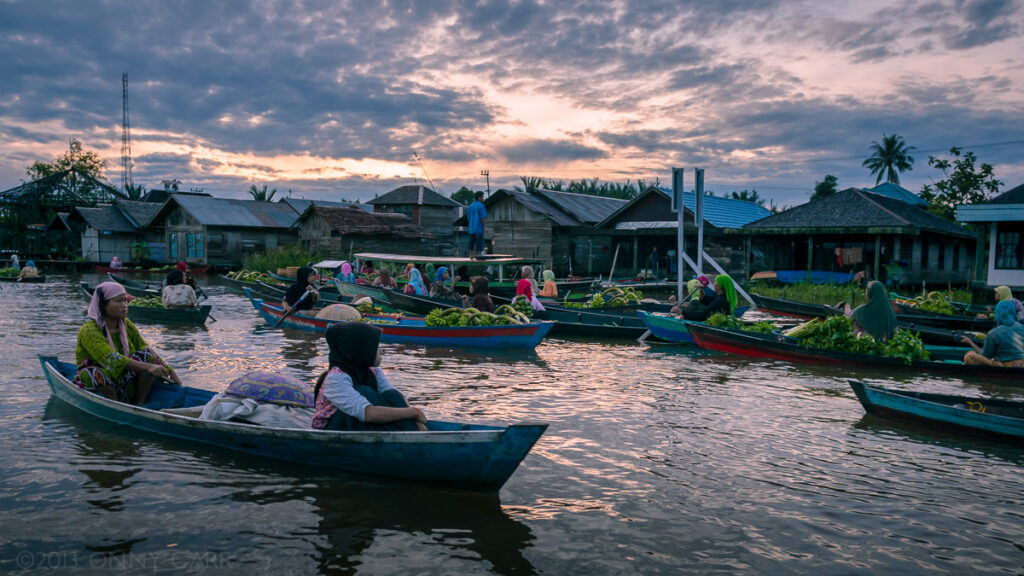
As countries in the Indo-Pacific progress towards rebuilding the region’s economy in the wake of the COVID-19 pandemic, it is vital to lay a foundation for a more equitable and sustainable future. The global economy suffers in entirety when women (who constitute about half of the working population) are excluded or face discrimination — in 2018, the World Bank surmised that the loss in human capital wealth due to gender inequality is estimated at USD 160.2 trillion. Studies estimate that South Asia could increase its income by up to 25 per cent if women had equal opportunities as men in securing a job or becoming entrepreneurs.
It is a well-documented fact that women have had to bear the brunt of the pandemic disproportionately. Due to huge gender gaps in education, information and digital technology skills, lower wages, and social constraints, women are at an increased disadvantage to deal with the implications of COVID-19. For example, women comprise a huge part of the manufacturing workforce including textiles, apparel, footwear, and telecommunications, which were negatively impacted due to the pandemic. In Bangladesh, the ready-made garment workforce, consisting of 80 per cent women, experienced a 45.8 per cent decline in orders in the first quarter of 2020, leading to job losses and economic insecurity among vulnerable groups.
At this critical juncture, policymakers across the region must work towards adopting gender mainstreaming principles to reach the full potential of progress. A feminist perspective, which advocates for including all marginalised groups, is necessary for fully transformative outcomes in the Indo-Pacific’s future, and an economic recovery must make provisions for women as stakeholders.
Integrating a Gender Lens in Trade Policy
Reports suggest that the credit for over 50 per cent of global trade goes to the Indo-Pacific, producing 62 per cent of global GDP. Growing evidence points to the fact that different socio-economic groups of women and men, along the intersections of race and ethnicity, and in some contexts, caste, are differently affected by trade and investment agreements. In 2020, it was found that more than 65 per cent of trade agreements signed by Commonwealth nations have a limited level of gender responsiveness: simply put, there is an absence of clauses or chapters that specifically mention gender provisions. Women are also underrepresented in international trade, with only around 1 in 5 exporting firms led by women. They often face tougher legal and regulatory barriers and difficulties in accessing financing.
In 2020, it was found that more than 65 per cent of trade agreements signed by Commonwealth nations have a limited level of gender responsiveness: simply put, there is an absence of clauses or chapters that specifically mention gender provisions.
These barriers are often a reflection of existing structural and societal differences. Since more than a billion women do not have access to the financial system as a whole, there is an estimated USD 300 billion gap in financing available to women and women-owned Small and Mid-Size Enterprises (SMEs). To ensure that trade agreements create equitable opportunities and contribute to inclusive growth and development, the specific needs of men and women must be mainstreamed in their design, content and scope. This includes measures for preventing sexual harassment and violence against women, providing for gender-specific infrastructure in terms of transport and sanitation facilities, equitable leave policies, and incentivising women entrepreneurs.
Tools such as the United Nations Conference on Trade and Development’s (UNCTAD) Trade and Gender Toolbox offer a useful systematic framework for evaluating how particular trade reforms may affect women and suggests that conducting gender assessments can have positive effects on job security, health, and occupational safety. There is also a need for knowledge and information sharing between policy-makers, women’s organisations at the grass-root level, and representatives from regional trade groupings to help women build skills and capacity, improve women’s access and connectivity to markets, make technology and financing accessible, and develop local women’s leadership networks.

The ‘Border Haats’ initiative is a noteworthy example of cross-border trade between India and Bangladesh with some amount of gender provisions. Border Haats provide a space for locals to trade locally produced products. This initiative has helped create new opportunities for women with limited access to big markets. Women have played a greater role as buyers and consumers in the Haats and reported a rise in their income. This case suggests that with higher participation of women, trade policies can be amended to be more inclusive: gender-responsive trade facilitation measures enhance women’s participation and help promote the socio-economic empowerment of women. Removing restrictions by making provisions for a safer environment for women with flexible working conditions, and providing gender-sensitive infrastructural facilities can further the equal participation of women in trade.
Moving Towards More Inclusive Trade Practices
Countries in the Indo-Pacific are making progress towards facilitating a more equitable and rules-based order in the region, through the Quadrilateral Security Dialogue (Quad), the Supply Chain Resilience Initiative (SCRI), and trilateral arrangements between India-Australia-France and India-Japan-US. New, developing, and established economies within ASEAN and South Asian groupings aim to achieve greater growth and investments to benefit all countries and communities. Adding the gender-inclusive perspective to cooperation through these groupings could greatly improve outcomes.
New, developing, and established economies within ASEAN and South Asian groupings aim to achieve greater growth and investments to benefit all countries and communities.
For example, sex-based segregation is visible in Bangladesh’s garment sector, Nepal’s agriculture and tourism sectors, and India’s fishery and IT sectors. Compared to men, women navigate more socio-cultural barriers in terms of fulfilling societal and familial expectations, have lower access to production and value chains, have limited knowledge for expanding their businesses, and face security issues. For example, during the onset of the COVID-19 pandemic, fewer women than men were receiving life-saving information on how to prepare for the pandemic, because of differences in access to technology including cellphones. This combination of existing social and structural barriers, escalated by the pandemic, prevent women from fully participating in trade in the Indo-Pacific.
Regional forums and groupings, such as the SCRI, can work towards addressing the issue of gender in skills- and capacity-building programs, and improve women’s access to business networks. There are examples of successful regional collaborations from the past. In 2014, the ASEAN Committee on Women (ACW) formed the ASEAN Women Entrepreneurs Network (AWEN) to better connect women-led private establishments and agencies and to receive endorsements from women’s ministries and agencies.
In collaboration with the ASEAN-Business Advisory Council (ASEAN-BAC), it focuses on addressing women’s business concerns in both big and small firms. Through its networking events, it has brought together women in the ASEAN region to build new business connections and inspire other women entrepreneurs, especially during the COVID-19 pandemic. Some of their further action points focus on investing in women-owned and women-led enterprises by providing the required capital and support, using information and technology support (ITC), and addressing gender leave and pay gap to ensure equal participation in the regional economy. Countries in the region can also deepen existing bilateral partnerships. For India, for example, one such like-minded partner in the region is Australia.
India and Australia have taken great efforts in the past two years to deepen their bilateral relationship through defense and security dialogues. This renewed strategic partnership with Australia can also encompass gendered considerations to strengthen ties. A promising initiative is the Australian-funded South Asia Regional Trade Facilitation Program (SARTFP) regional integration program, which commenced in 2014. Supported by the World Bank, it centers the economic empowerment of women and inclusive trade outcomes in the Bhutan, Bangladesh, India, and Nepal region (BBIN), by addressing concerns of market access, and tackling infrastructure and connectivity issues. This has the added dimension of strengthening existing regional cooperation via ‘Neighborhood First’ — a priority of Indian foreign policy, which focuses on collaborative development in the Indian subcontinent.
As witnessed during the COVID-19 pandemic, emerging challenges to human security bring hardship to the population in general and exacerbate existing gender inequalities. Women’s economic empowerment is a necessity for global economic growth and underscores the need for an inclusive approach to policymaking. The widening Indo-Pacific security discourse can expand to include a gender-mainstreaming approach that views women as equal stakeholders and places gender equality at the center of policy design. Through cooperation, collaboration, and existing dialogues, key players in the Indo-Pacific can champion equality and inclusion along with their broader strategic goals.
Editor’s Note: A version of this piece originally appeared on 9DashLine and has been republished with permission from the editors.
***


